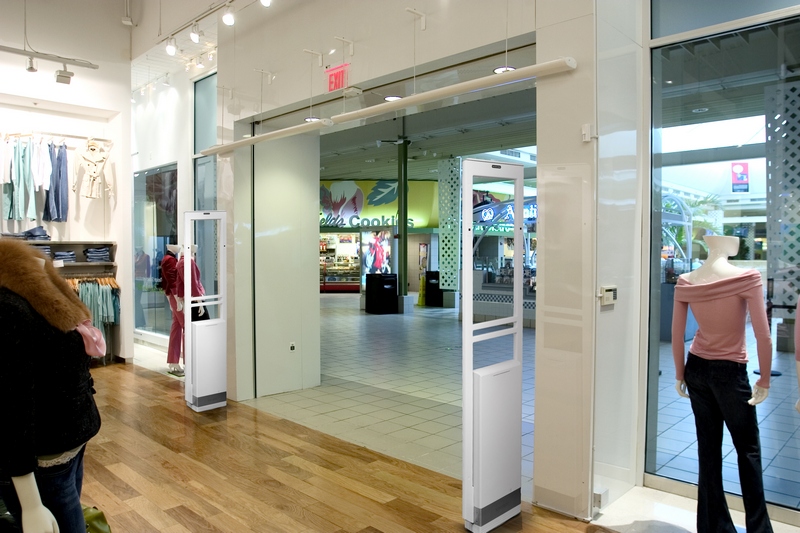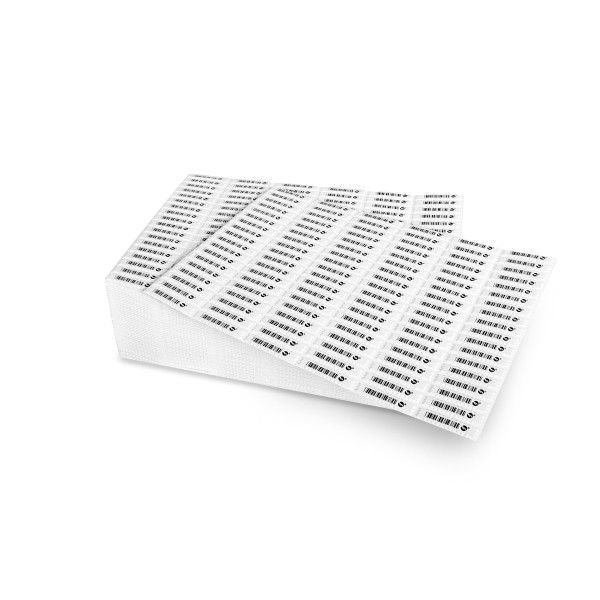- Home
- About Us
- Products
- Electronic Article Surveillance System EAS / Retail Anti theft Systems
- Display Stands
- Restaurant Pager
- People Counting Systems
- Queue Management Systems
- Access Control System
- Time Attendance Systems
- Audio & Visual System Solutions
- Display Solutions
- CCTV Cameras in Qatar: Enhancing Security Solutions
- Time Lapse Construction Camera
- Flap Barrier, Speed Gates, Turnstiles Access Control
- Gate Barriers System & Bollards in Qatar
- Parking Management & Gate Automation
- Library Management Systems
- IT & Telecom
- Lockers & Key Management Systems
- Intrusion Alarm System
- Perimeter Security
- Vehicle Tracking
- Time Recorders & Time Stamps
- Emergency Exit Door Alarms
- Clients
- Contact Us
- Support
Contents
Sensormatic Machines: The Ultimate Solution for Retail Security
If you are a retailer, you know how important it is to protect your merchandise from theft, shrinkage, and damage. You also know how challenging it can be to manage your inventory, optimize your store layout, and enhance your customer experience. That’s why you need Sensormatic machines, the most advanced and reliable retail technology solutions in the market.
What are Sensormatic machines?
Sensormatic machines are devices that use electronic article surveillance (EAS) technology to detect and prevent shoplifting, as well as provide inventory intelligence and shopper insights. EAS technology involves attaching tags or labels to merchandise that can be detected by sensors at the store exit. If an item is not properly deactivated or removed at the point of sale (POS), an alarm will sound, alerting the staff and deterring the thief.
Sensormatic machines include detection systems, detachers and deactivators, hard tags, labels, safers and wraps, video solutions, and RFID systems. These machines work together to provide a comprehensive and integrated solution for retail security and efficiency.
How do Sensormatic machines work?
Sensormatic machines work by using different types of EAS technology, such as acousto-magnetic (AM), radio frequency (RF), and radio frequency identification (RFID). Each type of technology has its own advantages and disadvantages, depending on the application and environment.
AM technology uses a transmitter to create a surveillance area where tags and labels are detected. The transmitter sends out a signal at a specific frequency to energize the tags in the surveillance zone. Then, the transmitter shuts off and the tag responds by emitting a signal at the same frequency. The receiver picks up this signal and triggers an alarm if it matches the characteristics of an active tag.
RF technology uses a transmitter and receiver to create a low-frequency magnetic field in the antenna panel. When a tag or label enters this field, it creates a change in the field’s amplitude. The receiver detects this change and triggers an alarm if it exceeds a certain threshold.
RFID technology uses radio waves to communicate data between tags and readers. RFID tags have a microchip that stores information about the item, such as its name, price, category, etc. RFID readers have antennas that send out radio signals to query the tags. When a tag receives a query, it responds by sending back its data to the reader.
Different models of Sensormatic machines
Sensormatic offers a wide range of models for different types of Sensormatic machines, depending on the needs and preferences of the retailer. Some of the most popular models are:
- Synergy Series: This is a line of detection systems that combine AM, RF, and RFID technologies in one device. They also have integrated video analytics, metal detection, traffic counting, jammer detection, and remote service capabilities. They are designed to provide optimal performance, aesthetics, and functionality for any retail environment.
- UltraStrip III: This is a line of labels that use AM technology to protect various types of merchandise, such as apparel, accessories, cosmetics, books, etc. They are thin, flexible, and easy to apply and deactivate. They can be printed with logos, barcodes, or other information for branding and identification purposes.
- UltraGator: This is a line of hard tags that use AM technology to protect clothing and other soft goods. They are durable, reusable, and tamper-resistant. They have a sleek design that minimizes impact on merchandise presentation and customer handling.
- UltraMax: This is a line of safers and wraps that use AM technology to protect high-risk items, such as electronics, health and beauty products, liquor bottles, etc. They are transparent plastic cases that lock the merchandise inside and can only be opened with a special detacher at the POS. They allow customers to see and feel the product while preventing theft and damage.
- TrueVUE: This is a line of RFID systems that use RFID technology to provide inventory visibility across the retail enterprise. They include RFID tags, readers, sensors, software, and cloud services. They enable retailers to track inventory levels, locations, movements, and statuses in real time. They also enable retailers to improve merchandising decisions, optimize store operations, reduce out-of-stocks, increase sales conversions, and enhance customer satisfaction.
Contact Axle Systems for distributor of Sensormatic machines in Qatar
If you are interested in purchasing or installing Sensormatic machines in your retail store in Qatar, you should contact Axle Systems, the leading distributor of Sensormatic products in the country. Axle Systems has been providing quality retail technology solutions since 2008. They have a team of experienced professionals who can help you choose the best Sensormatic machines for your needs and budget. They also offer installation, maintenance, and support services for your convenience and peace of mind.
To contact Axle Systems, you can visit their website, call them at +974 4468 2391, or email them at info@axlesys.com.
FAQs
Here are some common questions and answers about Sensormatic machines:
- Q: How much do Sensormatic machines cost?
- A: The cost of Sensormatic machines depends on several factors, such as the type, model, quantity, and features of the machines, as well as the installation and service fees. To get an accurate quote, you should contact Axle Systems and discuss your specific requirements and preferences with them.
- Q: How effective are Sensormatic machines in preventing shoplifting?
- A: Sensormatic machines are very effective in preventing shoplifting, as they have proven to reduce shrinkage by up to 80%. They also have a deterrent effect, as they discourage potential thieves from attempting to steal in the first place. They also have a positive impact on customer loyalty, as they create a sense of security and trust among shoppers.
- Q: How easy are Sensormatic machines to use and maintain?
- A: Sensormatic machines are very easy to use and maintain, as they have user-friendly interfaces and features. They also have remote service capabilities, which allow Axle Systems to monitor, diagnose, and update the machines remotely. In case of any issues or malfunctions, Axle Systems can provide prompt and professional assistance and support.





